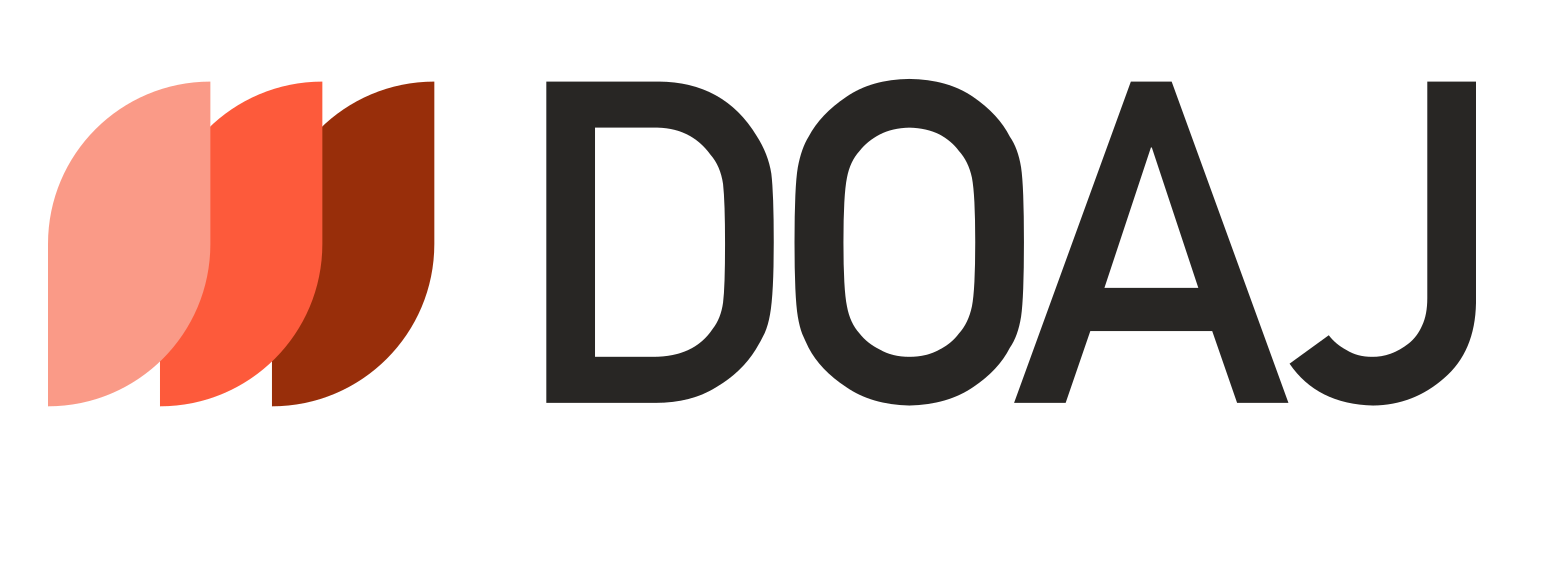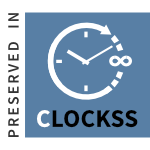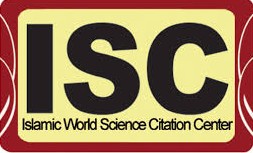The Effect of a Request to Invalidate the Constitutional Case on its Continuation
DOI:
https://doi.org/10.35246/e8jft449Keywords:
Invalidate, Constitutional CaseAbstract
تحرك الدعوى الدستورية بآليات عدة اخصها: تلك التي تتوقف على دفع بعدم دستورية نص يتعلق بدعوى منظورة يبديه الخصوم امام احدى المحاكم (1) ، أو بدعوى اصلية مباشرة من صاحب مصلحة تقدم الى المحكمة الاتحادية العليا مباشرة (2)، لذا قد يكون السؤال منطقياً عن: أثر تقديم طلب ابطال الدعوى الدستورية من قبل محرك الدعوى الدستورية طالما أنها تحركت من حيث الأصل بطلبٍ منه ؟، وبخاصة أن النظام الداخلي للمحكمة الاتحادية العليا لم يبين صراحة تلك الفرضية وذلك الأثر ، لكنه بالوقت نفسه أحال فيما لم يرد به نص الى قانون المرافعات المدنية (3)، الذي نظم حالات طلب الابطال
Downloads
References
(1) المادة 18 /ثانياً من النظام الداخلي للمحكمة الاتحادية العليا رقم 1 لسنة 2022 .
(2) المادة 20 من النظام الداخلي نفسه .
(3) المادة 50 من النظام الداخلي نفسه .
(4) المادة 88 من قانون المرافعات المدنية رقم 83 لسنة 1969
(5) مثلما قضت : " تجد المحكمة الاتحادية العليا أن الدعاوى الدستورية بطبيعتها دعاوى عينية توجه الخصومة فيها الى النصوص المطعون فيها بعيب دستوري " قرار المحكمة الاتحادية العليا بالقضية 6/اتحادية/2023 في 1/2/2023 .
(6) مثلما قضت:" ولا يكفي لقيام المصلحة الشخصية المباشرة التي تعد شرطاً لقبول الدعوى الدستورية أن يكون النص التشريعي المطعون به مخالفاً للدستور، بل يتعين أن يكون هذا النص بتطبيقه على المدعي قد أخل بأحد الحقوق الدستورية التي كفلها الدستور.." قرار المحكمة الاتحادية العليا بالقضية بالعدد 117/اتحادية/2021 في 2-5-2021 .
(7) المادة 20 من النظام الداخلي نفسه .
(8) المادة 18 /ثانياً من النظام الداخلي نفسه .
(9) المادة 36 من النظام الداخلي نفسه .
(10) المادة 20 من النظام الداخلي نفسه .
(11) المادة 88 من قانون المرافعات نفسه .
(12) المادة 2 من قانون المرافعات نفسه .
(13) المادة 18 اولاً من النظام الداخلي نفسه .
(14) المادة 94 من دستور جمهورية العراق لسنة 2005 .
(15) المادة 46 من النظام الداخلي نفسه .
(16) وردت حالات عدة للابطال في قانون المرافعات المدنية في المواد 50 و 54 و 56 و 82 و 83 و 87 .
Downloads
Published
Issue
Section
License

This work is licensed under a Creative Commons Attribution 4.0 International License.
Copyright and Licensing:
For all articles published in Journal of Legal Sciences, copyright is retained by the authors. Articles are licensed under an open access Creative Commons CC BY 4.0 license, meaning that anyone may download and read the paper for free. In addition, the article may be reused and quoted provided that the original published version is cited. These conditions allow for maximum use and exposure of the work.
Reproducing Published Material from other Publishers: It is absolutely essential that authors obtain permission to reproduce any published material (figures, schemes, tables or any extract of a text) which does not fall into the public domain, or for which they do not hold the copyright. Permission should be requested by the authors from the copyrightholder (usually the Publisher, please refer to the imprint of the individual publications to identify the copyrightholder).
Permission is required for: Your own works published by other Publishers and for which you did not retain copyright.
Substantial extracts from anyones' works or a series of works.
Use of Tables, Graphs, Charts, Schemes and Artworks if they are unaltered or slightly modified.
Photographs for which you do not hold copyright.
Permission is not required for: Reconstruction of your own table with data already published elsewhere. Please notice that in this case you must cite the source of the data in the form of either "Data from..." or "Adapted from...".
Reasonably short quotes are considered fair use and therefore do not require permission.
Graphs, Charts, Schemes and Artworks that are completely redrawn by the authors and significantly changed beyond recognition do not require permission.
Obtaining Permission
In order to avoid unnecessary delays in the publication process, you should start obtaining permissions as early as possible. If in any doubt about the copyright, apply for permission. Journal of Legal Sciences cannot publish material from other publications without permission.
The copyright holder may give you instructions on the form of acknowledgement to be followed; otherwise follow the style: "Reproduced with permission from [author], [book/journal title]; published by [publisher], [year].' at the end of the caption of the Table, Figure or Scheme.











